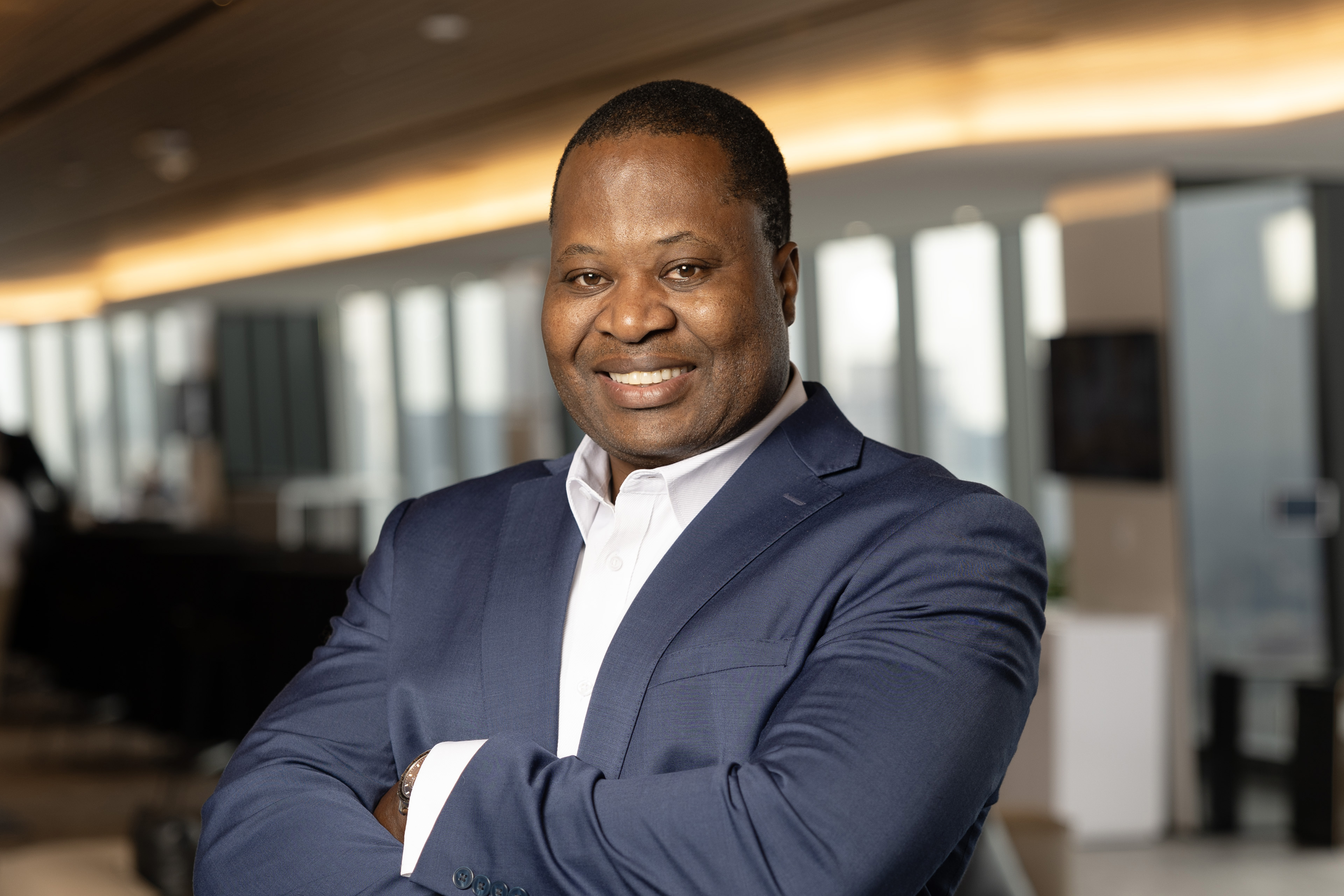EY refers to the global organization, and may refer to one or more, of the member firms of Ernst & Young Global Limited, each of which is a separate legal entity. Ernst & Young Global Limited, a UK company limited by guarantee, does not provide services to clients.
How EY can help
-
Our Digital Navigator takes an end-to-end approach to the development of a digital vision, strategy and actionable road map for mining and metals companies.
Read more
“Ongoing volatility in a market is impacted by the COVID-19 pandemic,” explains Paul Mitchell, EY Global Mining & Metals Leader. “Still, we see more opportunities than risks for miners willing to make the transformational changes that can drive long-term value for organizations and the communities they serve.”
“Cross-sector thinking also means borrowing digital know-how from nonparallel industries,” says Iliya Garkov, MD, Vice President and Managing Director of Dundee Precious Metals, “industries like air traffic control and even electronic gaming, where the use of advance cameras and AI can boost safety, transparency and sustainability while reducing cost.”
Companies may at first become overwhelmed by the flood of data. But transparency reforms, particularly on ESG, coupled with the evolving internet of things, are going to streamline processing.
“In the long run, we get to full digital twin modeling, where the mines are instrumented, monitored and interpreted in real time,” says Priscilla Nelson, Professor of Mining Engineering at Colorado School of Mines, betting on “integrated, holistic understanding with agile processing for tailings management and for mineral processing itself, and more remote operations.”
These and other technologies, like low-cobalt chemistry, sequestration (mines capturing their own emissions), and cathode and anode midstream processing, will ultimately extend across supply chains and improve the performance of electric vehicles. Other innovations, such as converting iron ore production to hydrogen power, are also on the table. But decarbonization of the mining sector will ultimately be driven by consumer demand and capital investment – an area where there is currently a disconnect between capital markets and industry needs.
“Investors are demanding returns, but on the other side you have a huge need for capital to provide the minerals and metals the world needs,” Pires explains, adding that the industry needs an estimated $1 trillion in investment to meet global demand for metals, about twice the investment of the last supercycle. “That is a dilemma that has not yet been resolved.”






